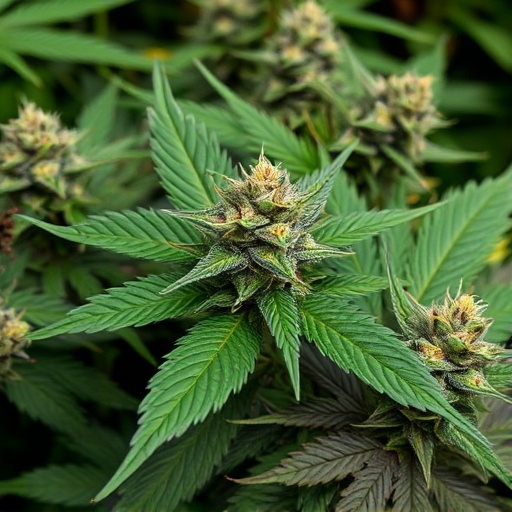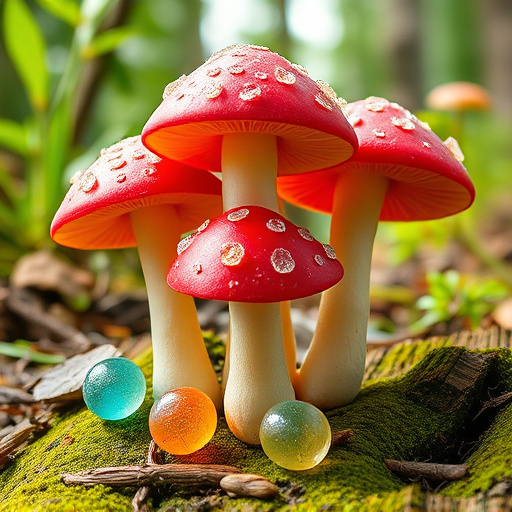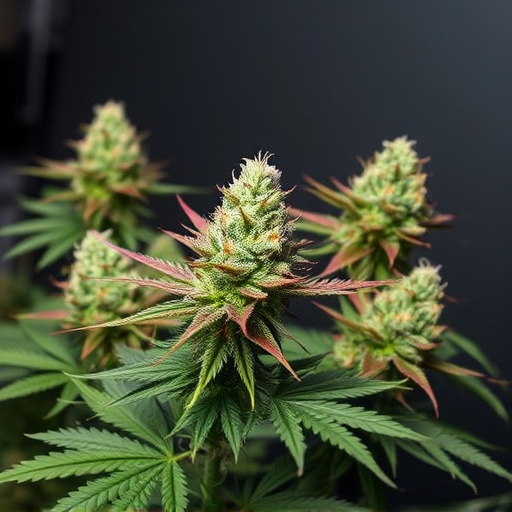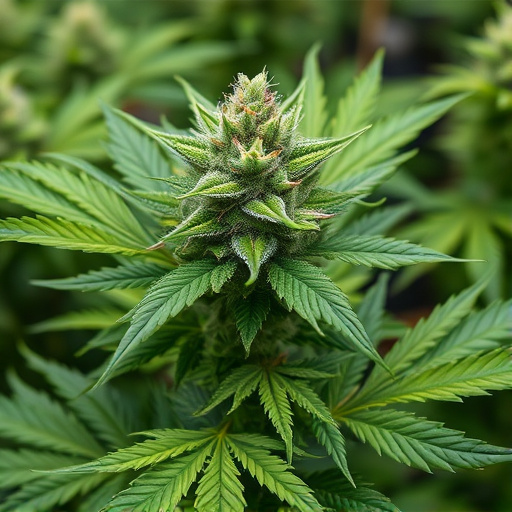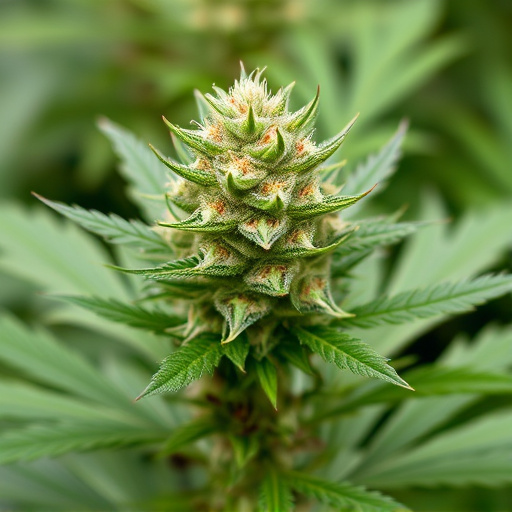Terpenes, nature's essential oils, are key to the unique characteristics and therapeutic effects of the newest strains of cannabis. They interact with cannabinoids to create complex blends catering to diverse consumer preferences, from relaxation to mental clarity. Breeders focus on specific terpene profiles, leveraging their anti-inflammatory, antimicrobial, and analgesic properties via the entourage effect. Understanding terpenes is vital for unlocking the full potential of cannabis in medicine, wellness, and recreation.
“Terpenes, often referred to as nature’s essential oils, play a pivotal role in shaping the unique characteristics of cannabis flowers. Beyond their contribution to aroma, these compounds interact synergistically with cannabinoids, resulting in diverse effects and experiences. In this article, we delve into the science behind terpenes, explore the newest strains defined by their terpene profiles, and empower consumers with insights to maximize their cannabis journey. Unlocking the potential of specific terpenes can lead to tailored experiences, catering to both recreational users and those seeking therapeutic benefits. Discover how these aromatic compounds enhance our interaction with cannabis.”
- The Role of Terpenes in Cannabis Flower
- – Understanding terpenes: what they are and their significance in cannabis plants.
- – How terpenes interact with cannabinoids to create unique strains and effects.
The Role of Terpenes in Cannabis Flower
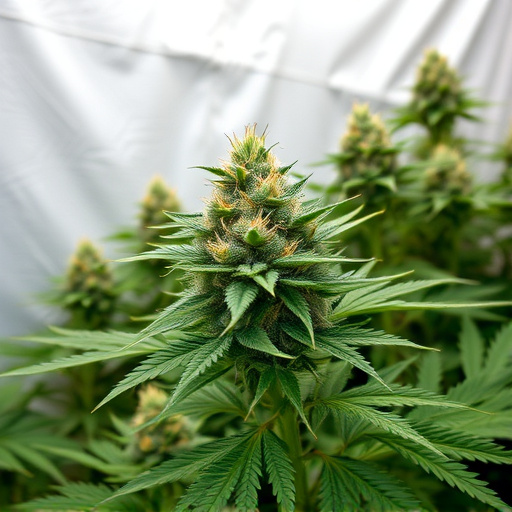
Terpenes play a pivotal role in the world of cannabis, especially in the most sought-after offerings—the newest strains of cannabis. These aromatic compounds are responsible for the unique scent and flavor profiles that differentiate one strain from another. Beyond their contribution to the sensory experience, terpenes have been shown to interact with the cannabinoids present in cannabis, potentially enhancing or modifying their effects. This complex interplay is what makes each strain not just a collection of chemicals but a nuanced blend with distinct therapeutic properties.
In the newest strains of cannabis, breeders often focus on cultivating terpene profiles that target specific needs and preferences. For example, myrcene, known for its earthy and musky notes, is commonly sought after for its potential calming and relaxing effects. Meanwhile, limonene, with its bright citrus aroma, is believed to uplift moods and stimulate mental clarity. By understanding the role of terpenes, cannabis enthusiasts can make more informed choices, tailoring their experience to achieve desired outcomes, whether it’s relaxation, energy boost, or pain relief.
– Understanding terpenes: what they are and their significance in cannabis plants.

Terpenes, often referred to as nature’s essential oils, are a diverse group of aromatic compounds that play a pivotal role in cannabis plants. They are responsible for the unique and distinct flavors and aromas we associate with different strains, from fruity and floral to spicy and piney notes. But their significance goes far beyond just providing pleasant sensory experiences. Terpenes have been shown to interact with the cannabinoid profile of cannabis, influencing its therapeutic effects. This interaction is particularly notable in the newest strains of cannabis, where breeders are constantly developing varieties with specific terpene profiles to cater to diverse consumer preferences and desired outcomes.
In addition, terpenes possess their own set of biological activities, offering potential therapeutic benefits. They have been studied for their anti-inflammatory, antimicrobial, and analgesic properties, among others. The synergistic effects between terpenes and cannabinoids, often referred to as the entourage effect, contribute to the overall physiological impact of cannabis consumption. Understanding these complex compounds is crucial in appreciating the full potential of cannabis flowers and their diverse applications in medicine, wellness, and recreational use.
– How terpenes interact with cannabinoids to create unique strains and effects.
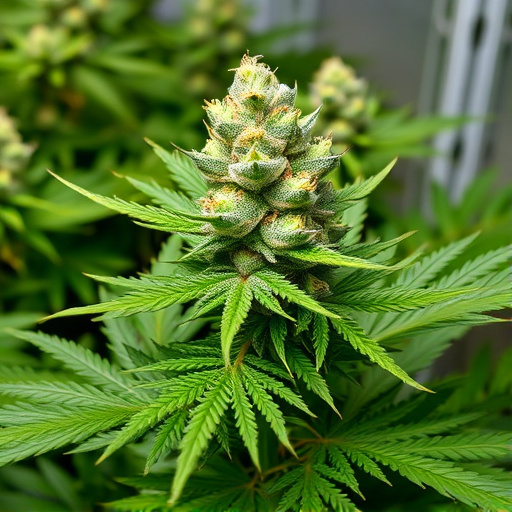
Terpenes, aromatic compounds responsible for the distinctive scents and flavors in cannabis, play a pivotal role in shaping the unique characteristics of different strains. Their interaction with cannabinoids, such as THC and CBD, is what creates the diverse range of effects experienced by users. Each terpene has its own chemical structure and properties, which can either enhance or modulate the activity of cannabinoids in the body.
This complex interplay results in a vast array of newest strains of cannabis, each tailored to specific preferences and therapeutic needs. For instance, myrcene, known for its earthy and musky notes, often combines with higher THC levels to produce relaxing and sedative effects, making it popular for evening use. Meanwhile, limonene, with its bright citrus aroma, can boost mood and energy when paired with CBD, offering a stimulating yet calming experience. As the understanding of terpenes grows, cultivators can further refine their techniques to create even more diverse and targeted strains.
Terpenes, these aromatic compounds, play a pivotal role in shaping the diverse experiences offered by the newest strains of cannabis. Beyond their contribution to scent and flavour, terpenes interact synergistically with cannabinoids, modulating the effects felt by consumers. As our understanding of cannabis continues to evolve, recognising the importance of terpenes is essential for unlocking the full potential of this remarkable plant and its various applications.
